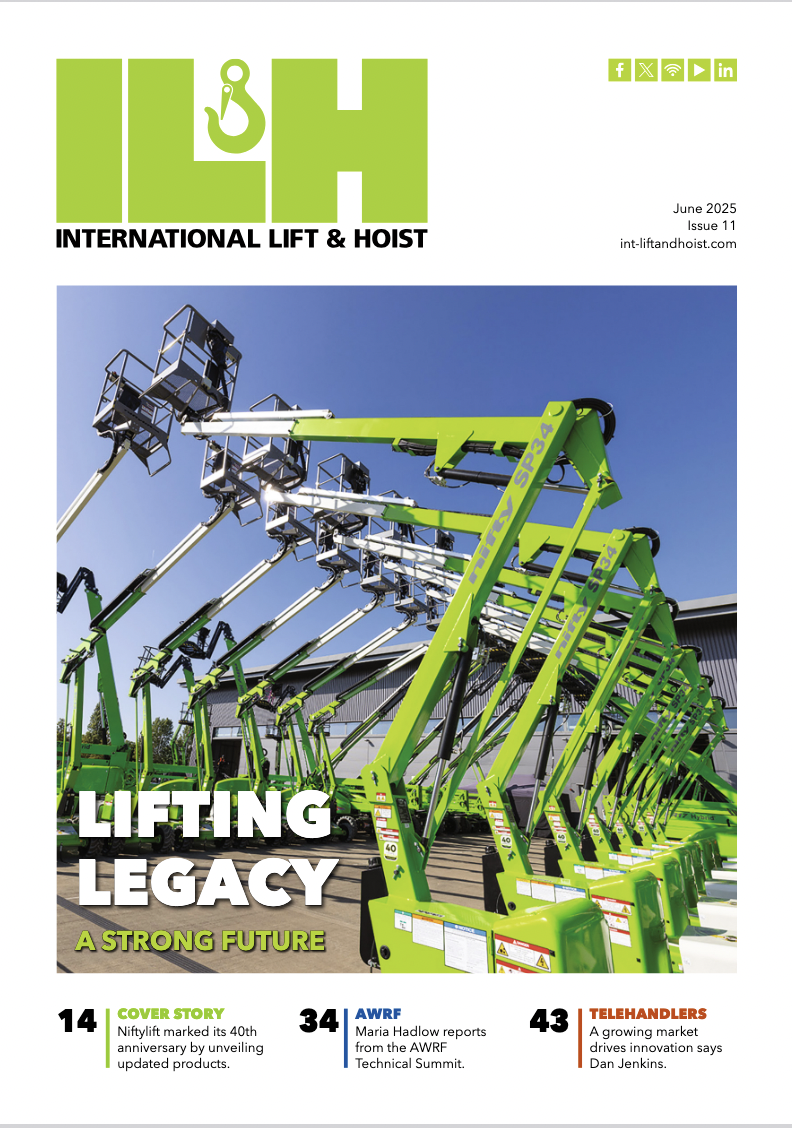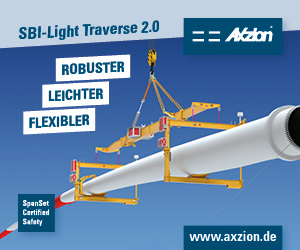)
A light touch
Maria Hadlow talks to some of the manufacturers of lightweight and mobile crane systems about how these flexible liftng solutions are delivering real benefits in testing times.
Nothing focuses the mind quite like a global pandemic and many companies have realised quite how vital it is to be flexible in their manufacturing facilities, warehousing, packing, dispatch and general logistics.
Lightweight crane systems can be chosen, ordered and installed in a fraction of the time that it takes to create a traditional, fixed overhead crane system, Obviously there are weight limitations but they do bring lifting assistance right to where it is needed.
Some lightweight systems are modular allowing for relatively quick and easy reconfiguration should demand or focus change and fully portable devices can be disassembled and reassembled where you need them.
Niko Ltd is the UK subsidiary of Helm Hellas SA, leading European manufacturers of light cranes, power feed systems, overhead conveyors, sliding door track and fall arrest track systems. During the pandemic the company has increased its market share.
Maria Forti, marketing manager for Niko and Helm Hellas says, “We managed to increase our market share, since we are able to offer a competitive product range by providing solutions tailored to customer’s needs.
“Total sales in the general industry have remained stable allowing us to maintain the continuous flow of our production and next year’s planning with a few modifications due to the corona situation.”
However the news isn’t all good some of the company’s markets were impacted by Covid-19 most notably -automotive. Forti says, “Niko rigid light cranes are often used in automotive industry for their load position accuracy in various production operations, like suspending manipulators and tools during assembly processes. As the demand for vehicles has fallen markedly during pandemic, automotive companies have been forced to postpone scheduled investments, affecting the demand in light cranes particularly for this target group.”
Reid Lifting is a global leader in the design and manufacture of aluminium portable lifting and access systems. With more than 25 years of expertise and operations in major countries around the world. Managing director Simon Luke says, “We initially saw quite a downturn in activity during the Spring and into the Summer. However, a number of our market segments remained especially resilient, as lightweight portable gantry cranes are a key piece of workplace equipment in industries where infrastructure and facilities maintenance are essential, such as water.
“Our products are widely available through equipment rental businesses who provide businesses with an on-demand solution, and this has continued to drive demand.
At Erikkila, a manufacturer of ergonomic light crane systems, jib cranes and lifting equipment, managing director and CEO Knut Stewen also reports mixed fortunes resulting from the pandemic He says, “ The market itself looked pretty scary in April, but has had a major bounce back during the summer and autumn. Although large investment-type projects have been predominantly on hold, the order book has been filled with smaller projects.
“There are some of our customer countries that clearly are in a dip at the moment, but then again there are several that have outperformed their last year volumes. This has enabled us growth as a whole this year compared to 2019. A significant portion of this is thanks to the long-term work we have been doing with acquiring new partners around the globe.”
The price point has worked in favour of the lightweight crane system: where large investment may have been curtailed, companies have been prepared to invest smaller amounts, particularly where it might reduce the strain on manpower.
During pandemic, Niko has cοoperated with financially strong companies that had decided to take advantage of the extra free time to make small scale investments in the workshops – to a great extent this involved light cranes.
Stewen says, “It is clear that smaller investments are still made and that is where light cranes come into play. If we are looking for any trends, then I would say that ergonomics in lifting as a whole is becoming more and more important. But this is nothing new due to the pandemic, this has been the trend already for some time.”
In many working environments, management has needed to alter shift patterns and devise new working methods so that their workforce can maintain safe, social-distancing. This can put additional strain on the ergonomics of lifting.
Forti says, “Customers have been mostly aware of the ergonomic advantage [of lightweight crane systems] during loading and unloading activities in facilities. Light cranes can replace forklifts, so the human intervention is minimised, resulting in a more safe workplace.”
The growing awareness of the value of employing lightweight crane systems may not have been materially altered by the pandemic but the trend is definitely up according to Forti.
She says, “Over the years, most customers have become aware of the flexibility and ease of installation as we can witness through a total revenue increase in this product range during the past five years.
“Niko overhead light cranes can be modified according to mounting specifications, working environment (clean room, high humidity, high corrosion) and installation area restrictions,
such as ceiling height restrictions, minimum coverage area required (wall to wall coverage) and tilted supporting structures (beams with angle), allowing for ultimate operational flexibility.
“The ease of installation of such systems can result in immediate production and time cost savings. Speed and reduced downtime have played a crucial role in these systems being adopted by automotive, mining and aerospace industries as well as general growth in factory automation.”
Like many companies during the pandemic Reid Lfting has been innovative in its approach to promoting the value of its portable equipment. Luke says, “One of our key strategies has been to invest in localising our offer on an international level through our use of digital media. We are developing micro websites and bespoke product sales and demonstration videos and are successfully driving lead generation through web and social media.
“Over the past seven months, we have really built our social media presence to highlight the benefits of our product and, as a result, our enquiry levels have been at least as high as they were before the pandemic. That certainly suggests that customers are interested and see the potential for portable lifting solutions. For those customers that we can travel to see, which is increasingly limited, we operate effective outdoor product demonstrations that allow us to remain socially distant.
“Whatever our customers prefer, we do now have a way of showing the advantages and benefits of our products and how they can solve customer problems and challenges.
“Utilising lightweight portable gantries involve fewer people and they can be set up whilst maintaining social distancing guidelines. Our gantries can lift up to 5t (5000kg) so provide tremendous options and flexibility for customers at a fraction of the cost of permanent installations or crane hire.
There is certainly significant positivity in this area of the lifting market Forti says, “The level of enquiries for lightweight portable solutions continues to be strong and certainly suggests a leaning towards customers looking for alternative, cost effective solutions for solving lifting and access problems. Our engineering team are continually being challenged for custom solutions in addition to all the tasks our standard product range can fulfil.”
Stewen successfully puts his finger on the route to good business, “The important factors in these times are: agility, flexibility, fast delivery times, a strong partner network and high quality products. These keep you alive.”











